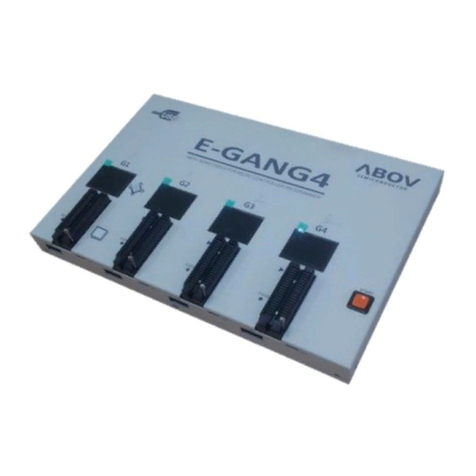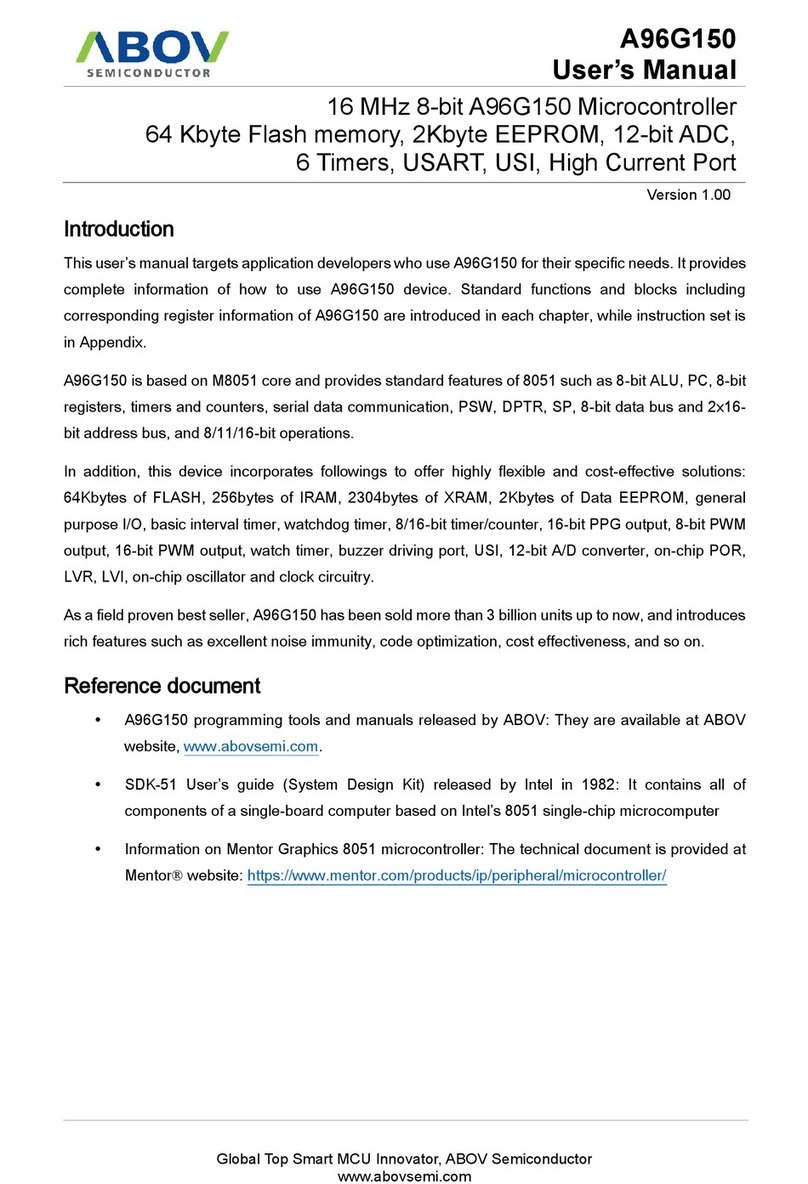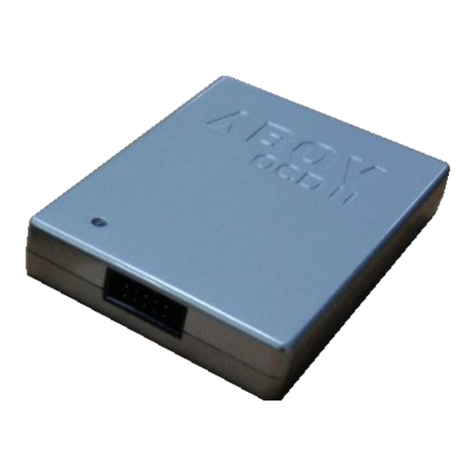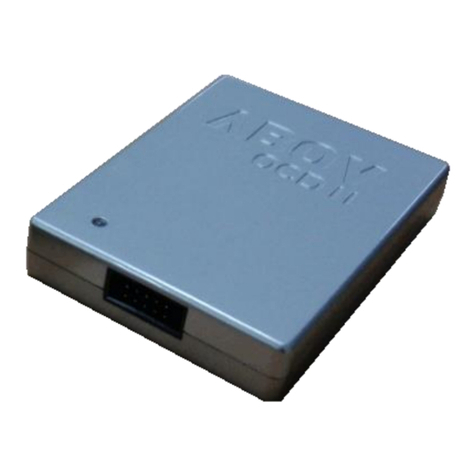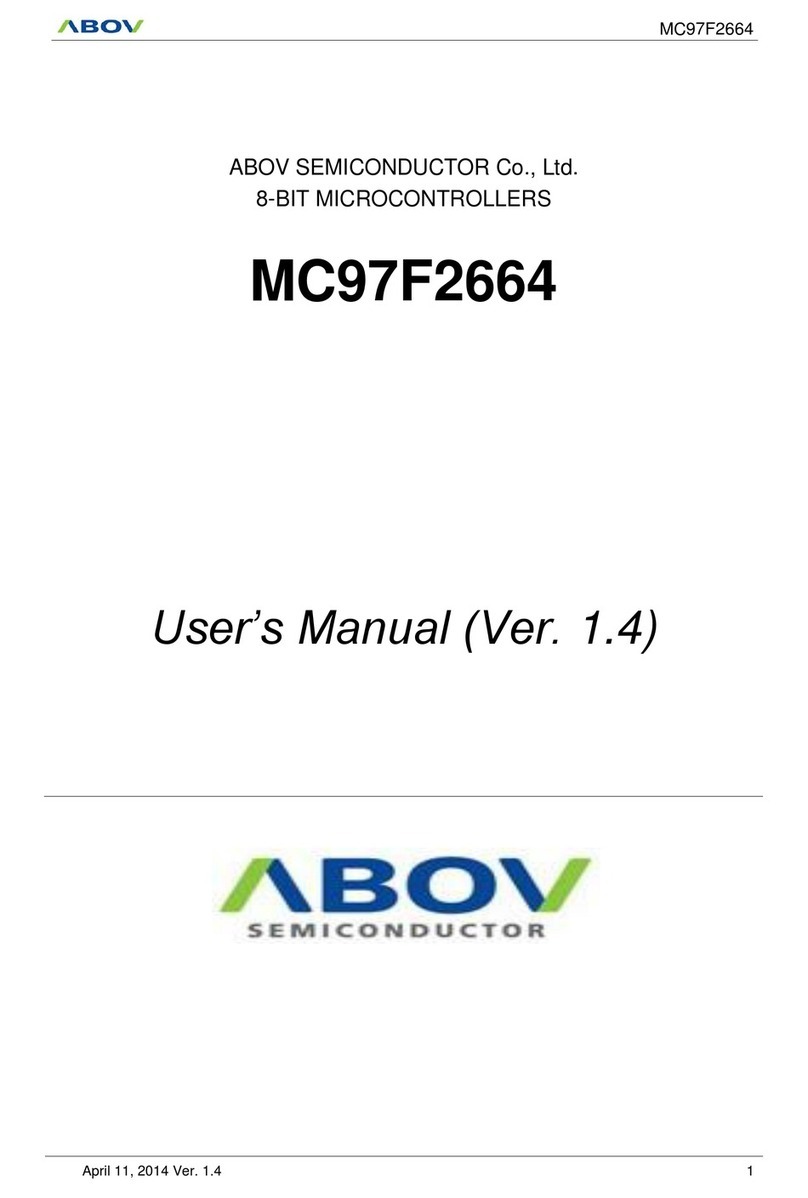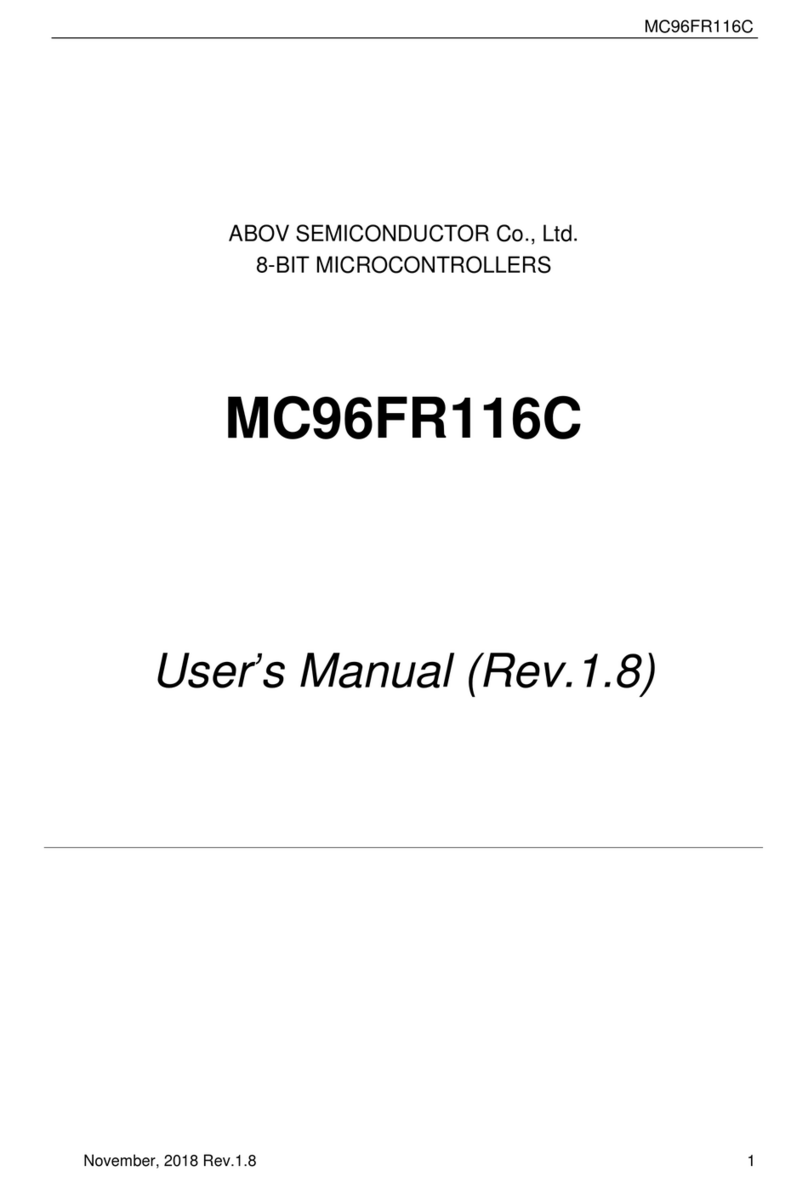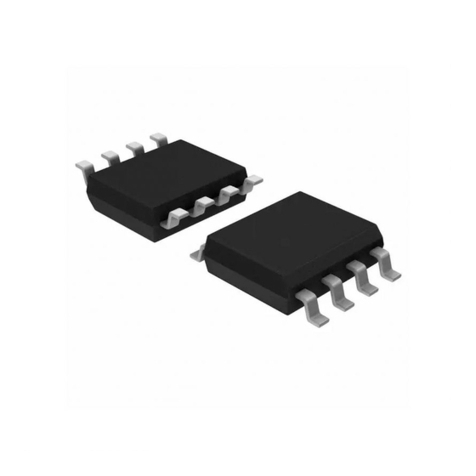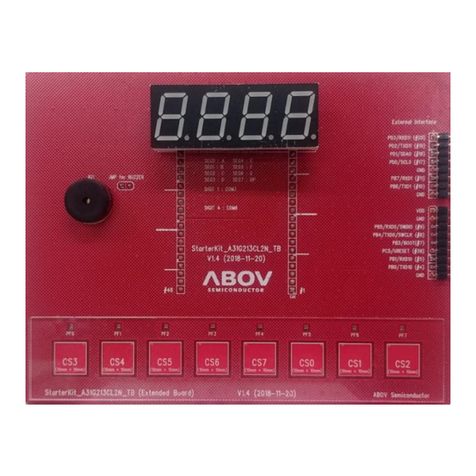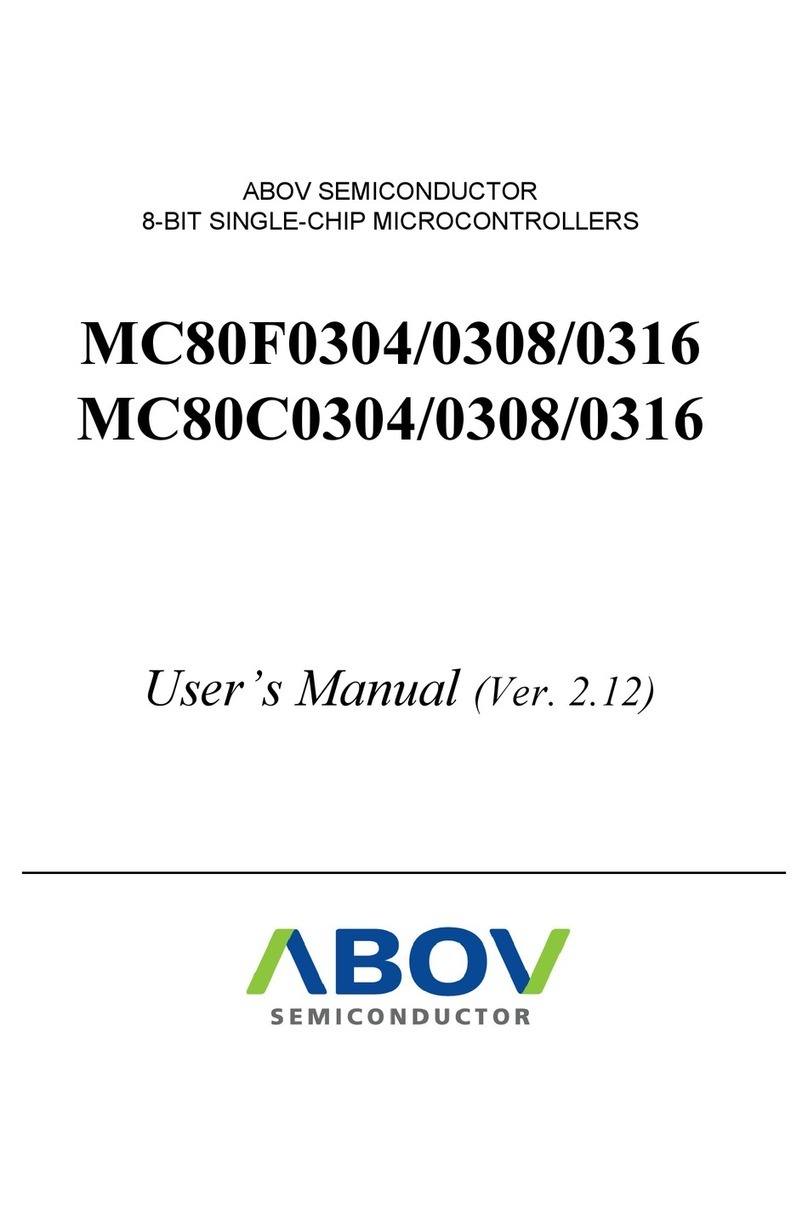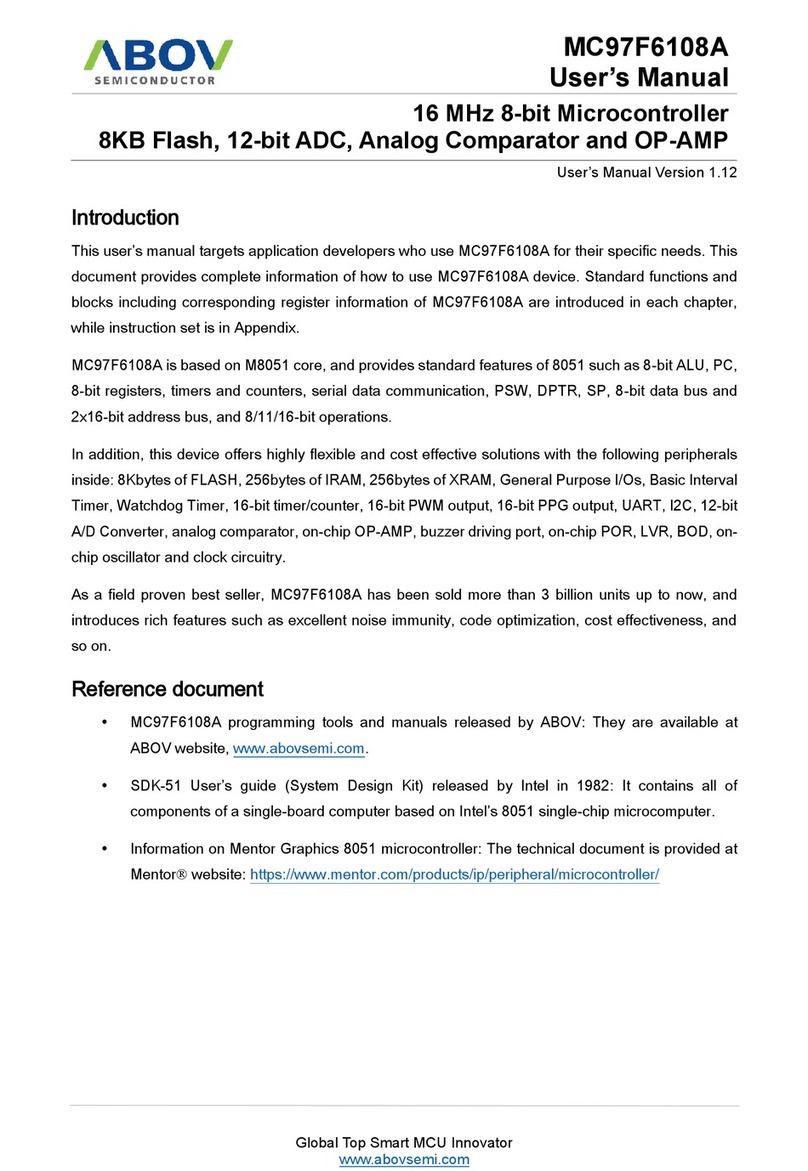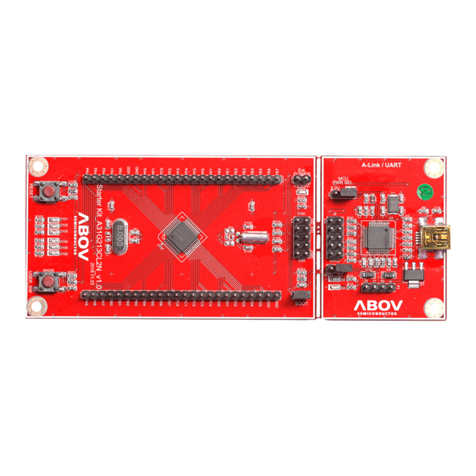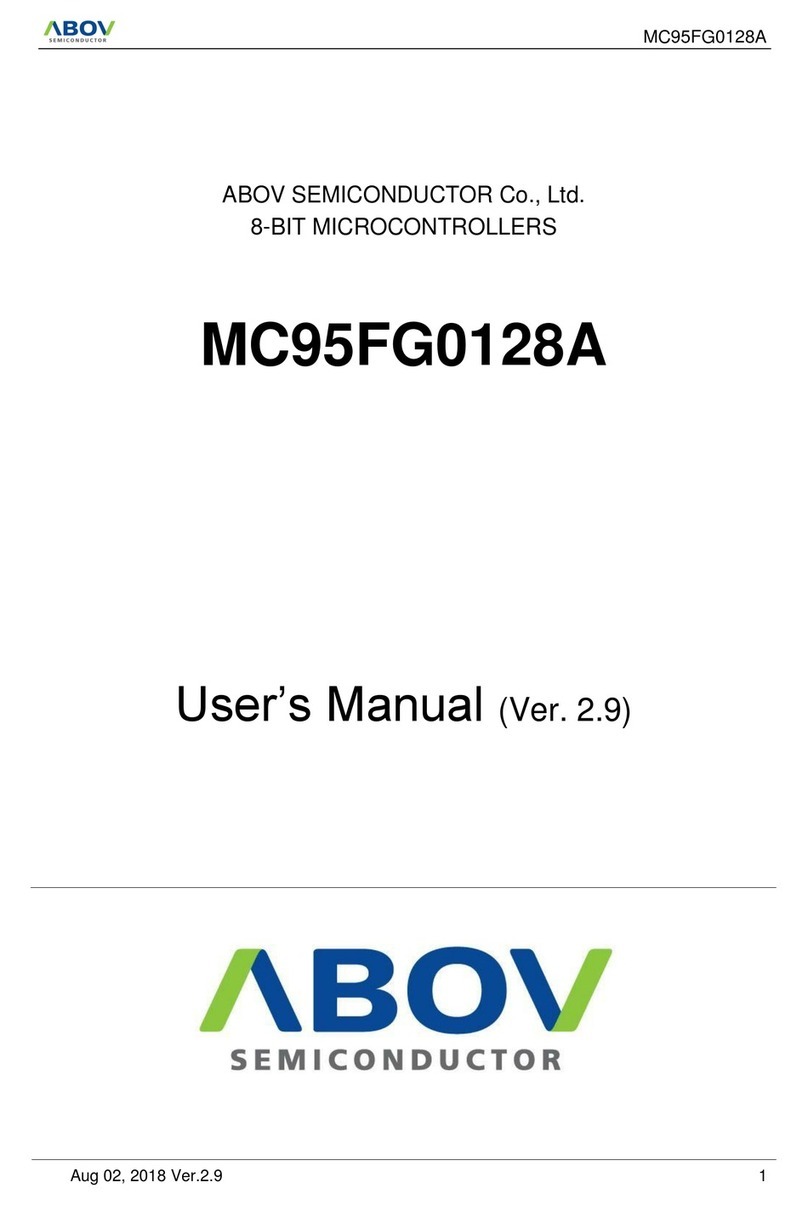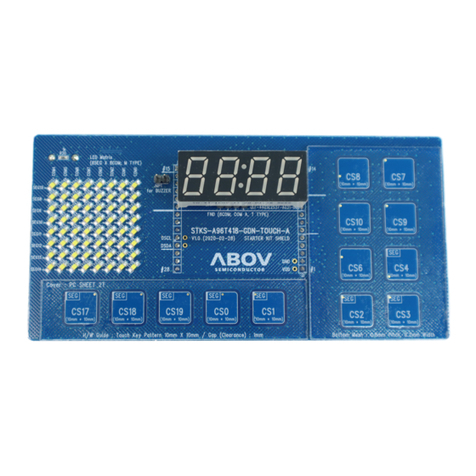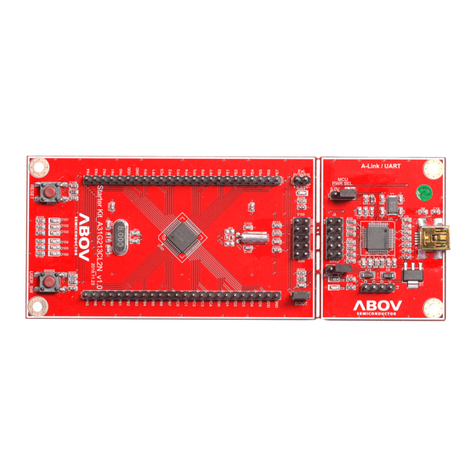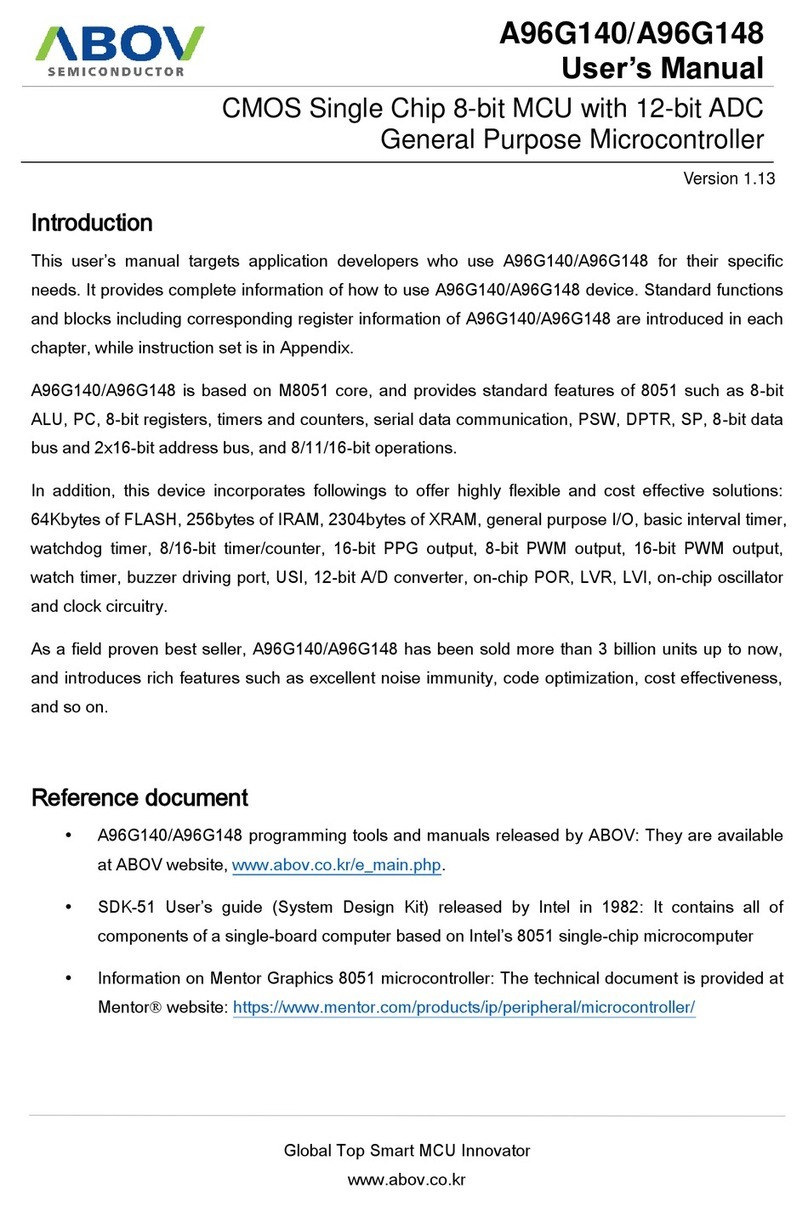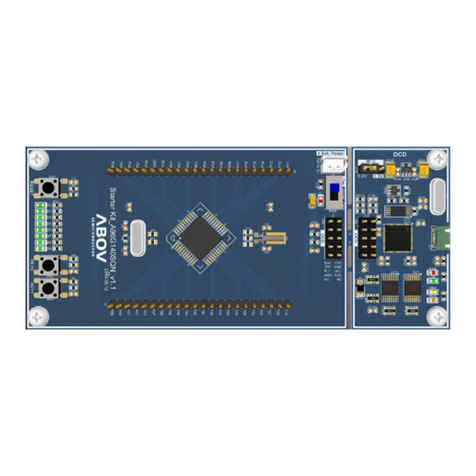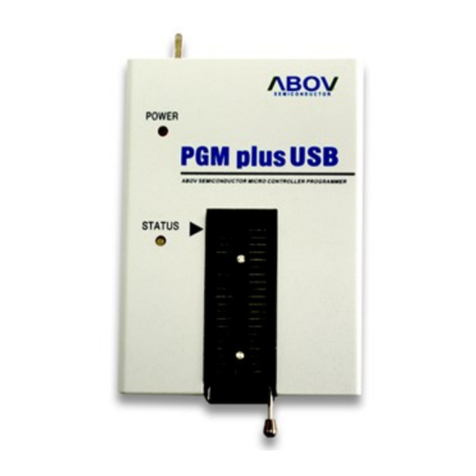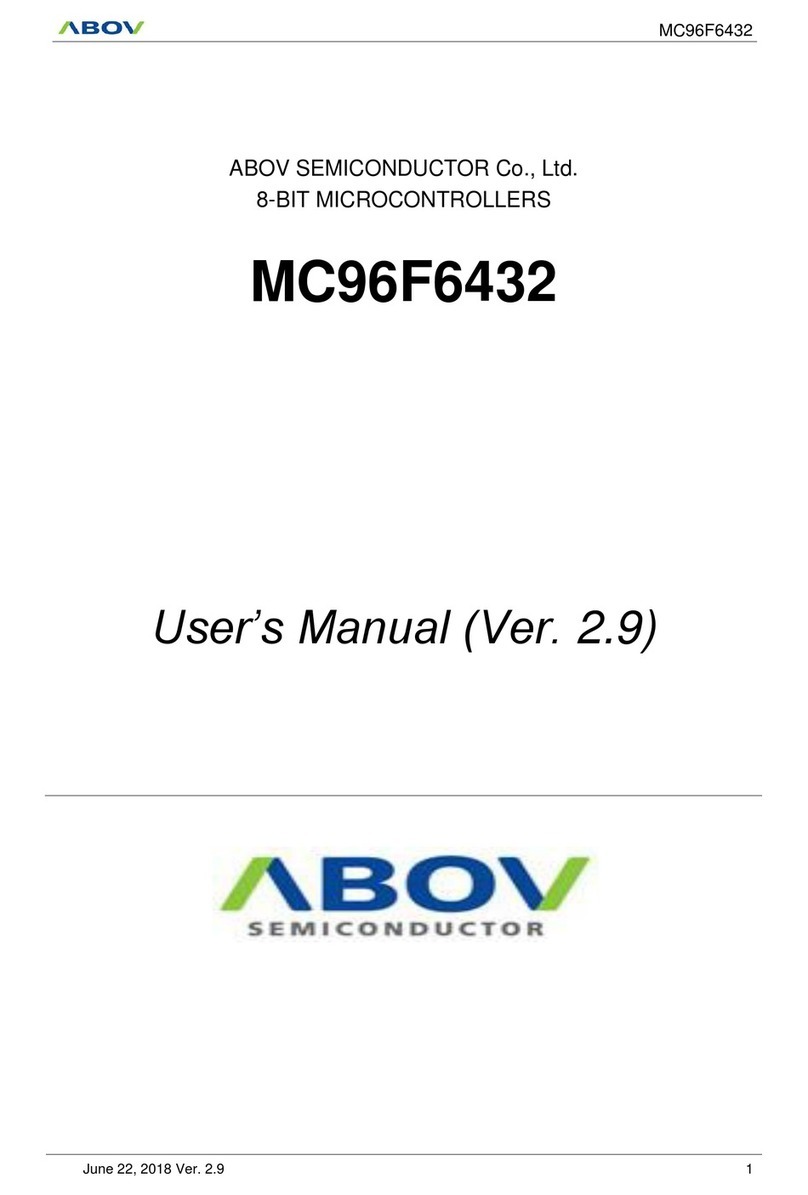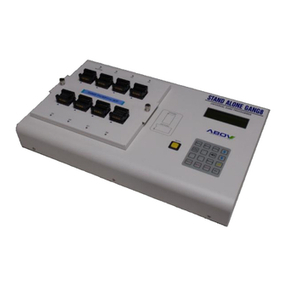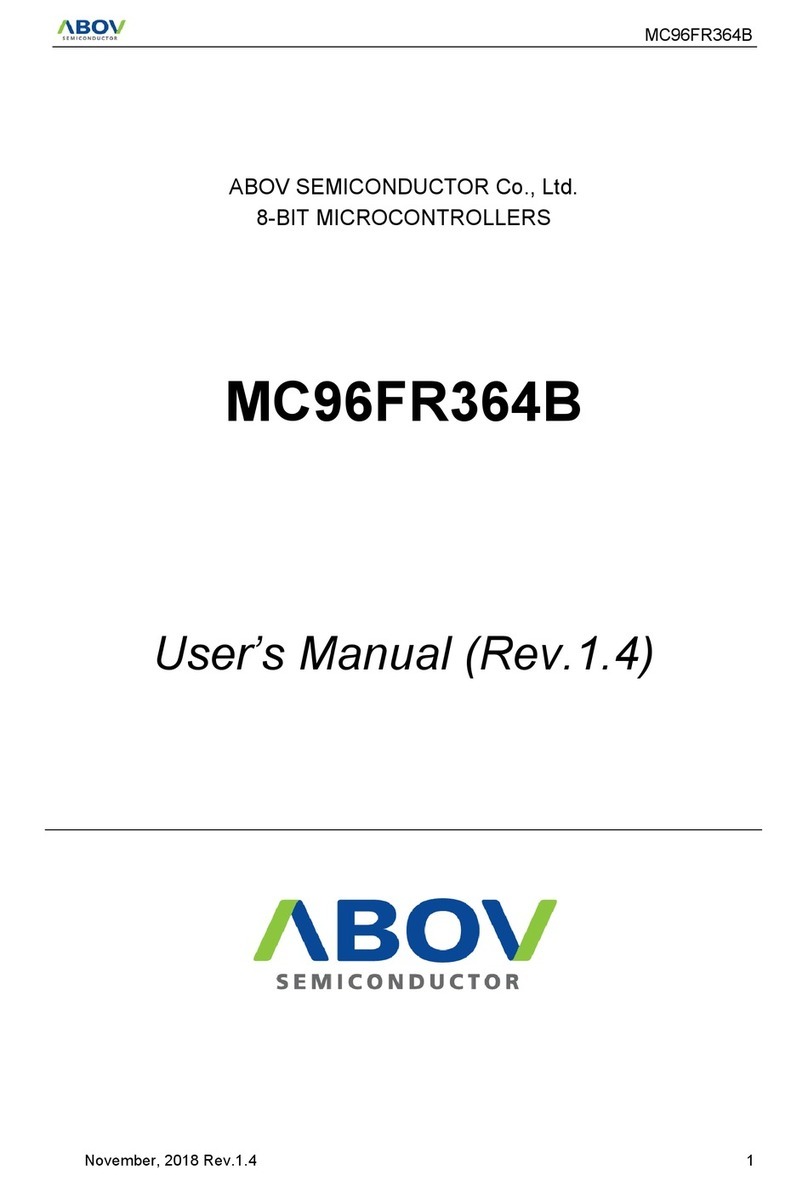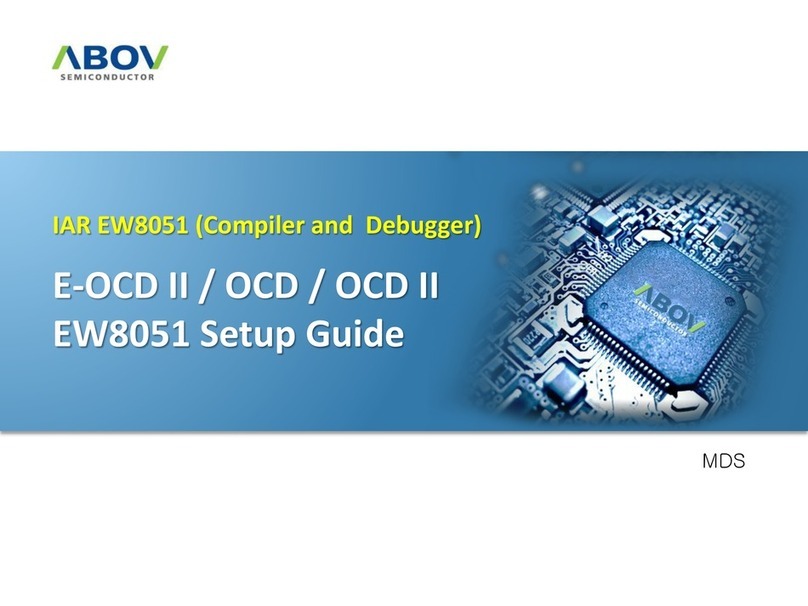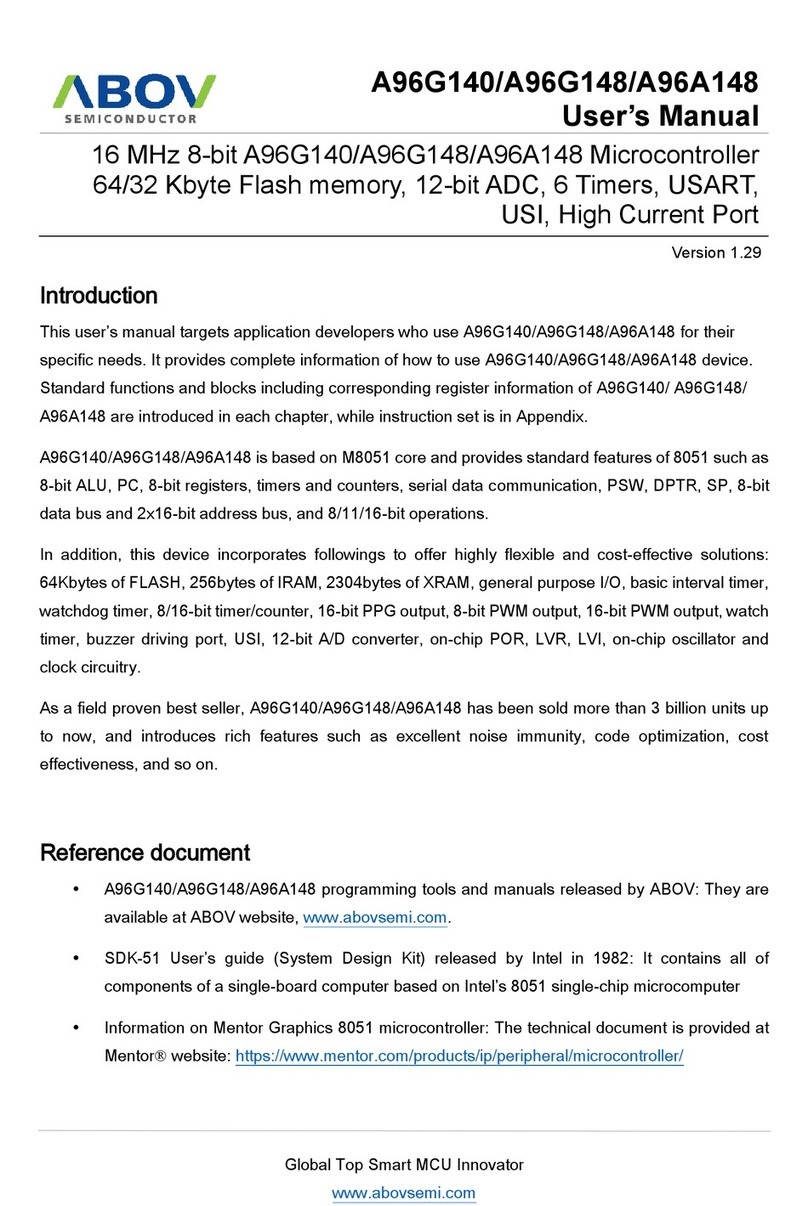7Interrupt controller........................................................................................................................64
7.1 External interrupt...............................................................................................................65
7.2 Block diagram....................................................................................................................66
7.3 Interrupt vector table .........................................................................................................68
7.4 Interrupt sequence ............................................................................................................69
7.5 Effective timing after controlling interrupt bit.....................................................................70
7.6 Multi-interrupt ....................................................................................................................71
7.7 Interrupt enable accept timing...........................................................................................72
7.8 Interrupt service routine address.......................................................................................73
7.9 Saving/restore general purpose registers.........................................................................73
7.10 Interrupt timing ..................................................................................................................74
7.11 Interrupt register overview.................................................................................................74
7.11.1 Interrupt Enable Register (IE, IE1, IE2, and IE3) .................................................74
7.11.2 Interrupt Priority Register (IP and IP1) .................................................................74
7.11.3 External Interrupt Flag Register (EIFLAG0 and EIFLAG1)..................................75
7.11.4 External Interrupt Polarity Register (EIPOL0L, EIPOL0H, and EIPOL1) .............75
7.11.5 Register map ........................................................................................................75
7.11.6 Interrupt register description.................................................................................75
8Clock generator............................................................................................................................82
8.1 Clock generator block diagram .........................................................................................82
8.2 Register map.....................................................................................................................83
8.3 Register description ..........................................................................................................83
9Basic interval timer.......................................................................................................................86
9.1 BIT block diagram .............................................................................................................86
9.2 BIT register map................................................................................................................86
9.3 BIT register description .....................................................................................................87
10 Watchdog timer............................................................................................................................88
10.1 WDT interrupt timing waveform.........................................................................................88
10.2 WDT block diagram...........................................................................................................89
10.3 Register map.....................................................................................................................89
10.4 Register description ..........................................................................................................89
11 Watch timer..................................................................................................................................91
11.1 WT block diagram .............................................................................................................91
11.2 Register map.....................................................................................................................91
11.3 Watch timer register description........................................................................................92
12 Timer 0/1/2/3/4/5..........................................................................................................................94
12.1 Timer 0 ..............................................................................................................................94
12.1.1 8-bit timer/counter mode.......................................................................................94
12.1.2 8-bit PWM mode...................................................................................................96
12.1.3 8-bit capture mode................................................................................................98
12.1.4 Timer 0 block diagram........................................................................................100
12.1.5 Register map ......................................................................................................100
12.1.6 Register description............................................................................................100
12.2 Timer 1 ............................................................................................................................102
12.2.1 16-bit timer/counter mode...................................................................................102
12.2.2 16-bit capture mode............................................................................................104
12.2.3 16-bit PPG mode................................................................................................105
12.2.4 16-bit timer 1 block diagram...............................................................................108
12.2.5 Register map ......................................................................................................108
12.2.6 Register description............................................................................................108
